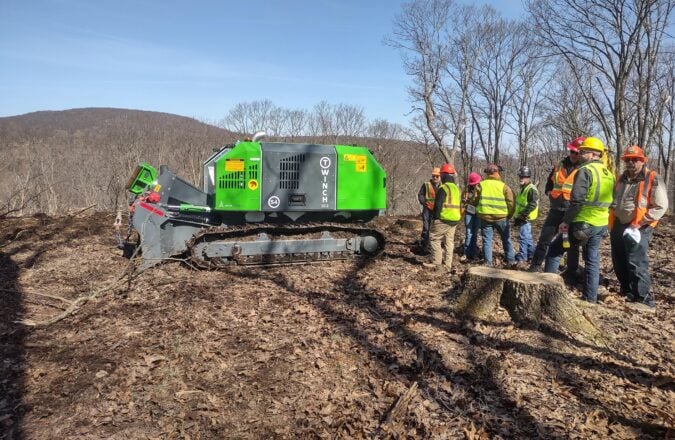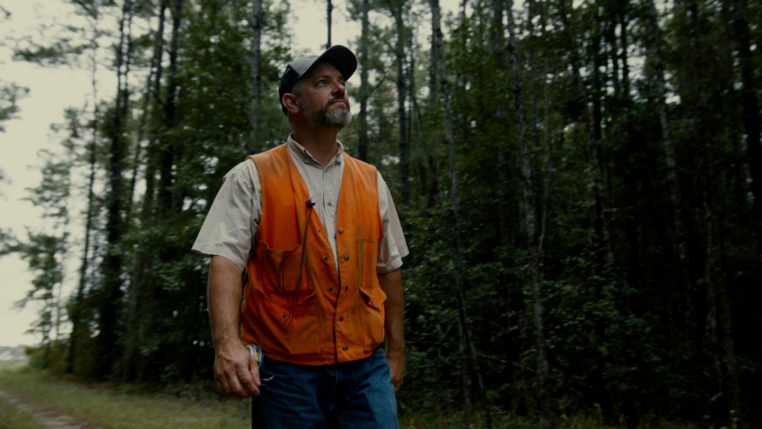Technology is Coming to a Log Landing Near You

“Do you want to see video of my first drone crash?” I was asked as loggers and foresters filed out of the room, headed home.
Last week’s FRA Forest Forum, a monthly dinner held near Bangor, Maine, brought speakers on mapping and drones, and we learned how these technologies can help with the in-woods operation. There were three great presentations, but that’s not what I found most interesting.
The logger showing me the video of his drone crash and having a laugh about it got me thinking. In the past few years, we’ve seen the price of technology drop and smartphones are so common they are now just “phones,” and you can buy a drone for less than a thousand dollars. As the cost has dropped, more and more innovators are looking for ways to use technology in the forest industry.
Some of that will be complicated – at the Forum, we heard about emerging inventory protocols that use infrared photography to get highly accurate species information. We learned about ways that this could then be translated into a stem-by-stem forest inventory, providing incredibly detailed information on the forest. These high-end applications will probably require lots of training, specialized programs, and outside experts – at least for a while.
While it’s true there are complicated applications, many of the applications for our industry are obvious, and pretty simple to implement. There’s a lot that can be accomplished with a drone and a little creativity. We heard about foresters using them for harvest site recon and layout, real-time monitoring of logging operations, and post-harvest assessments. We heard about loggers who used drones to search for the best stream crossings. But more than anything, we heard about how people are taking off-the-shelf technology into the woods and finding practical uses for it saving time and improving outcomes.
The same was true of mapping software. We learned about how some fairly basic maps can improve skidding efficiency and target water quality closeout work, saving time and therefore money.
As technologies progress and become ever-more affordable, members of our industry are going to figure out how to use it to make things safer, faster and more efficient. There’s a learning curve as people learn how to deploy the technology that just a few years ago seemed like science fiction. There are also great opportunities to think about the things we do every day (or every harvest) and see if a new tool in the toolbox can help.
Which brings me back to a logger showing me his crash video. It wasn’t the crash that was interesting, but the fact that he was out trying things and accepted that not everything works perfectly every time. FRA has been and will continue to be a great source of information for our members on ways that we can take emerging technology and make the forest industry supply chain safer and more efficient.


